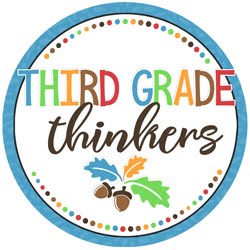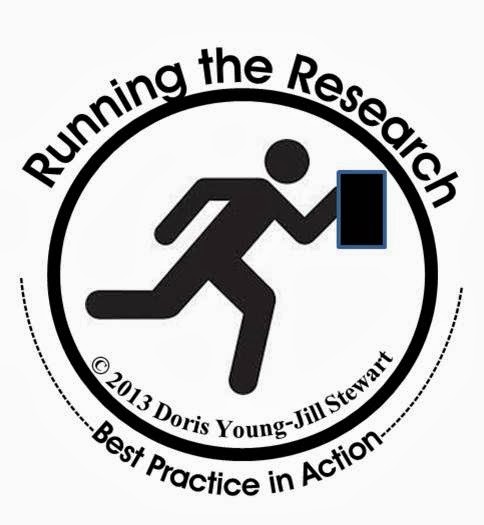Writing A Scientific Observation
With such a limited amount of time to teach the content areas, teachers are being forced to get creative in the ways we integrate science and social studies into our language arts block. I actually love teaching this way and it makes great sense to me.One area that our budding scientists usually need to improve upon is in writing detailed observations. I will be asking them to write observations all year long so I like teaching this early in the year. Then they get all year to practice and refine their skill in this area.
We recently worked on a week long writing lesson on just this. We were currently on a science unit involving the topic of Matter. Students were learning that we could describe matter by its physical properties. This was an excellent lead into some great vocabulary building opportunities. I introduced the terms: appearance and texture and as a whole class we began creating two class reference posters on these words.

Here is the start of our appearance poster. We continued to add to this as we went through the week. Students had a paper copy to record words on. This paper was added to their writing folders for future references. We did a very similar one for texture. Lots and lots of words were generated!

The next day I put students in groups of three and gave them an object (matter) to observe and describe using the descriptive physical property words we had generated the day before. Students used their reference posters to help them with this. They used the above prewriting graphic organizer to record their words. Working with other students allowed there to be good discussion about the meanings of these words.
Having this prewriting web really helped them the next day. We reviewed what a complete sentence was and students then wrote a paragraph describing their object.
I always pick a revising point to work with students on after the drafting stage. We call this the "Make Over" stage of writing. For this draft, we focused on the Sentence Fluency trait or target. We talked about how good writers write both short and long sentences. This is a perfect writing lesson to work on this target. Many students wrote sentences like: Our matter is hard. It is sharp. It is smooth. Together we learned that we could combine these ideas into one longer sentence: Our matter is hard, sharp and smooth. I even had the opportunity to teach how to use commas when listing words in a series. I think it is so much more meaningful to teach these lessons within the context of a writing piece like this versus as a random mini lesson. Here is an example of one writer's draft. The day after revising we edited to spelling, capital letters and punctuation. Then I used a rating rubric for assessment.
Next, I will put some fall objects (small pumpkins, gourds, indian corn, etc.) at our writing literacy station. Students will write another observation on one of these objects, this time using the pattern of the Important Thing book.
I am offering the materials I created for this writing lesson on my TPT page. I included an outline of what I did each day and the rubric I used to assess the students' finished products. It would be a great writing lesson to do even if you are not integrating it with science. All good writers need to be able to write a descriptive paragraph.
You can check it out here:





 youngdor8@gmail.com
youngdor8@gmail.com

















